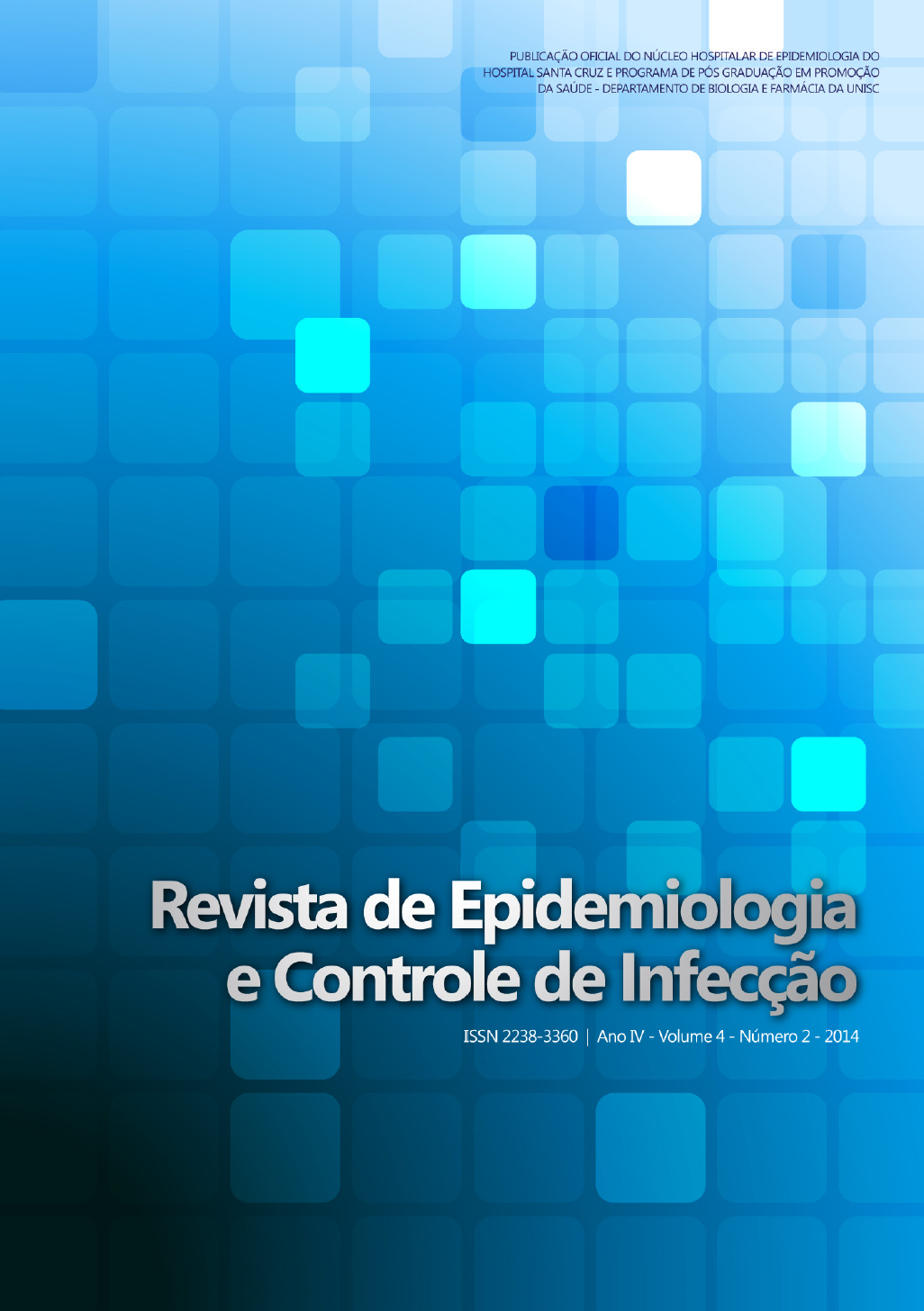Effect of different levels of continuous positive airway pressure on the 99mTc-DTPA lung clearance
DOI:
https://doi.org/10.17058/reci.v4i2.4646Abstract
Backgound and Objectives: Positive airway pressure continues (CPAP) produces significant hemodynamic changes that may influence the variability of breathing pattern and heart rate, acting as an additional therapy to prevent atelectasis and to combat hypoxia. The rate of inhaled 99 m Technetiumdiethylenetriaminepentaacetic acid (99mTc-DTPA), along with changes in the lung epithelium cause an increase in the rate of clearance of this compound. The aim of this study was evaluate the pulmonary clearance rate of 99mTechnetium Diethylenetriaminepentaacetic acid (99mTc-DTPA) through the use of different levels of CPAP. Methods: It was a quasi-experimental study involving 17 healthy individuals with normal lung functional. 99mTc-DTPA, as aerosol, was nebulized for 3 minutes with the individual in a sitting position. The pulmonary clearance rate was assessed through pulmonary scintigraphy under spontaneous breathing and under 20 and 10 cmH2 O CPAP in the sitting position. The clearance rate was expressed as the half-time (T½) that is the time for the activity to decrease to 50% of the peak value. Results: 20 cmH2 O CPAP produced significant reduction of the T½ of 99mTc-DTPA in the sitting position (p=0.005). However, 10 cmH2 O CPAP did not alter the T½ of DTPA in the same positions. Conclusion: High levels of continuos positive pressure in normal lungs resulted in faster 99mTc-DTPA clearance moreover, 10 cmH2 O did not alter its clearance rate. KEYWORDS: Noninvasive ventilation. Technetium Tc 99m Pentetate. Radionuclide Imaging.Downloads
Downloads
Published
How to Cite
Issue
Section
License
The author must state that the paper is original (has not been published previously), not infringing any copyright or other ownership right involving third parties. Once the paper is submitted, the Journal reserves the right to make normative changes, such as spelling and grammar, in order to maintain the language standard, but respecting the author’s style. The published papers become ownership of RECI, considering that all the opinions expressed by the authors are their responsibility. Because we are an open access journal, we allow free use of articles in educational and scientific applications provided the source is cited under the Creative Commons CC-BY license.


